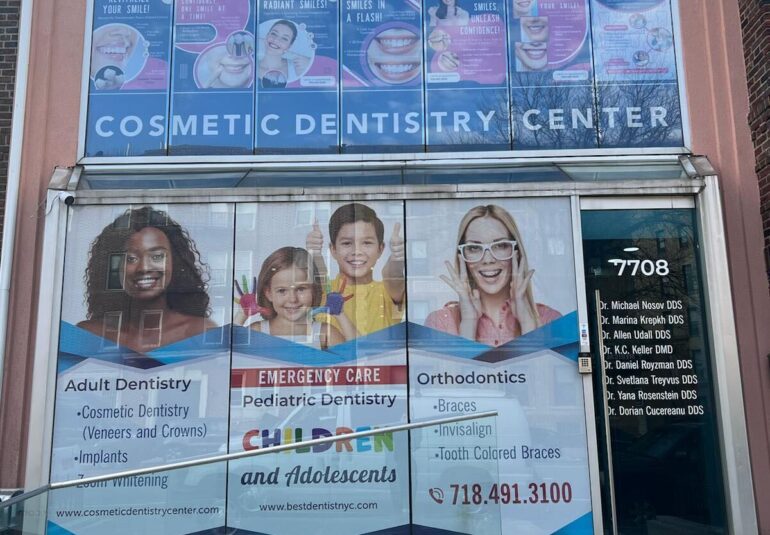
- Cosmetic Dentistry
- by admin_cosmetic
Welcome to our blog, where we aim to provide you with expert insights to help you achieve and maintain a healthy, beautiful smile. Today, we’re clarifying the roles of orthodontists and dentists. While both professionals play crucial roles in oral health, their areas of expertise and the services they offer can differ significantly. Let’s explore these differences to help you understand which specialist you may need for your dental care.
What Does a Dentist Do?
A dentist is a general practitioner for your oral health. They are responsible for diagnosing, treating, and managing your overall dental care needs, including:
- Preventive Care: Dentists perform regular check-ups, cleanings, and oral health education to prevent dental problems.
- Restorative Procedures: They treat cavities with fillings, perform root canals, and repair damaged teeth with crowns and bridges.
- Cosmetic Procedures: Dentists also offer services to improve the appearance of your teeth, such as teeth whitening, veneers, and bonding.
- Oral Surgery: Some dentists perform minor oral surgeries, like tooth extractions.
Education and Training
Dentists complete a bachelor’s degree followed by four years of dental school to earn a Doctor of Dental Surgery (DDS) or Doctor of Dental Medicine (DMD) degree. They must pass a licensing exam to practice dentistry.
What Does an Orthodontist Do?
An orthodontist is a dental specialist focused on diagnosing, preventing, and treating dental and facial irregularities. Their primary services include:
- Braces: Orthodontists design and place braces to correct misaligned teeth and jaws.
- Clear Aligners: They offer alternatives to braces, like Invisalign, for patients seeking a more discreet option.
- Retainers: After braces, orthodontists provide retainers to maintain the new position of teeth.
- Jaw Alignment: They treat issues related to the alignment of the jaws, which can affect biting, chewing, and speaking.
Education and Training
Orthodontists complete the same educational path as dentists, earning a DDS or DMD degree. They then undergo an additional two to three years of specialized training in orthodontics. This residency program focuses on the alignment of teeth and jaws.
Key Differences Between Dentists and Orthodontists
Scope of Practice: Dentists provide a broad range of dental care services, while orthodontists specialize in the alignment of teeth and jaws.
Specialized Training: Orthodontists undergo additional years of training specifically in orthodontics after completing dental school.
Treatments Offered: While dentists handle general dental care, orthodontists focus on treatments like braces, aligners, and other orthodontic appliances.
When Should You See a Dentist?
You should visit a dentist for routine check-ups, cleanings, fillings, root canals, extractions, and cosmetic dental procedures. Regular visits to your dentist help maintain your overall oral health and prevent potential issues.
When Should You See an Orthodontist?
You should see an orthodontist if you have issues with the alignment of your teeth or jaws, such as overbites, underbites, crossbites, or gaps between teeth. Orthodontic treatments can improve both the function and appearance of your teeth and jaws.
Working Together for Your Oral Health
Dentists and orthodontists often work together to provide comprehensive dental care. Your dentist may refer you to an orthodontist for specialized treatment if they identify alignment issues during your regular visits.
Book Your Consultation Today!
At our top-rated cosmetic dentistry center in Brooklyn, New York, we’re dedicated to helping you achieve a healthy and beautiful smile. Whether you need general dental care or specialized orthodontic treatment, our experienced team is here to provide the expert care you need.
Don’t wait – schedule your consultation with us today and take the first step towards optimal oral health!

